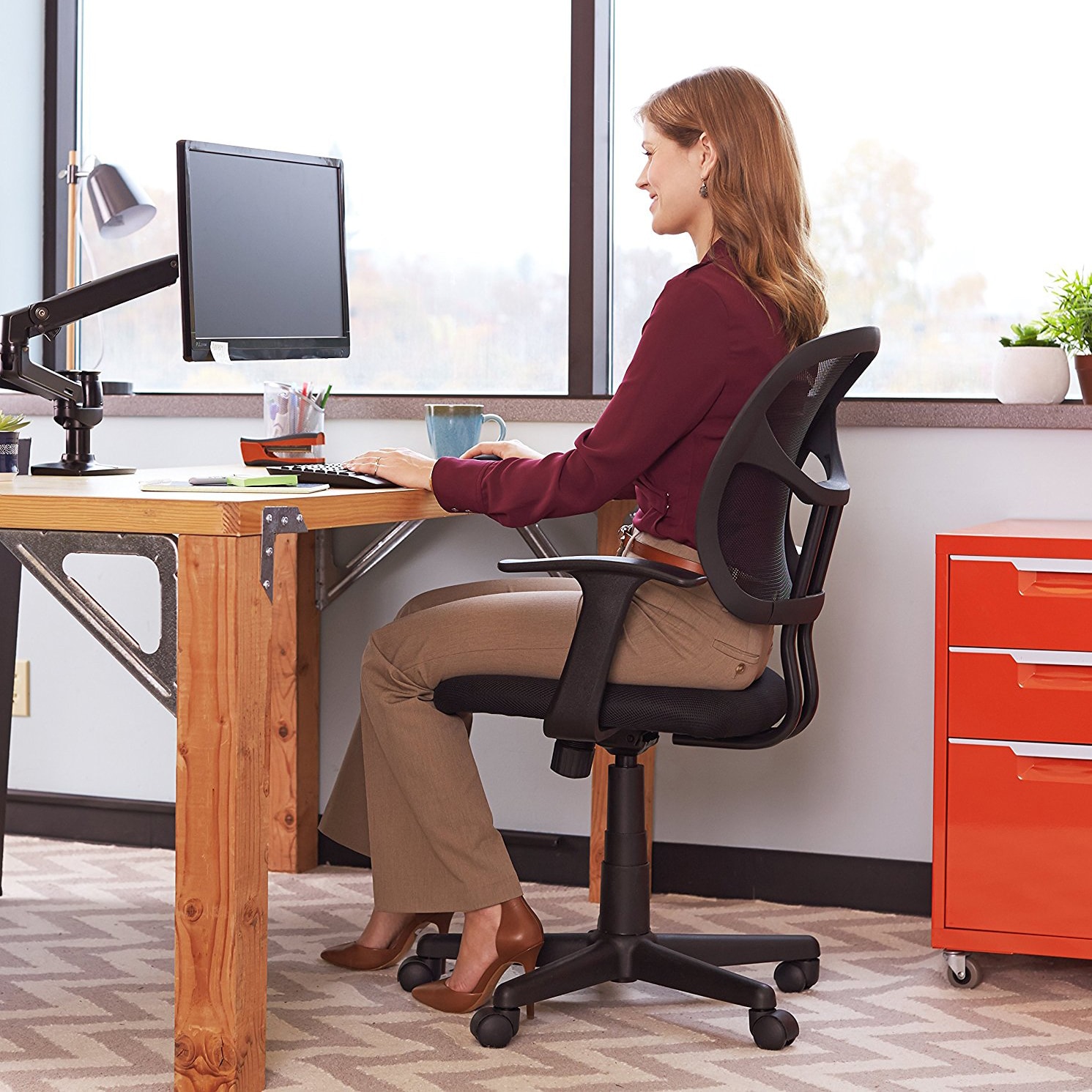Factors to Consider When Choosing a Standing Desk Chair (2019 Perspective): Best Standing Desk Chair 2019

Selecting the right chair for a standing desk in 2019 requires careful consideration of several key factors. The goal is to find a chair that complements your standing desk, promoting good posture and minimizing discomfort, even during extended periods of use. This involves understanding the nuances of ergonomic design, adjustable features, and material choices.
Ergonomic Design and its Impact on Posture and Comfort, Best standing desk chair 2019
Ergonomic design is paramount in standing desk chairs. A well-designed chair supports the natural curves of the spine, reducing strain on the back, neck, and shoulders. Features such as adjustable lumbar support are crucial for maintaining proper spinal alignment, preventing slouching and promoting a healthy posture. Chairs lacking proper ergonomic features can lead to discomfort, fatigue, and even long-term musculoskeletal issues. The ideal chair encourages a neutral posture, distributing weight evenly and minimizing pressure points. This translates to increased comfort and productivity throughout the workday.
Adjustable Features and User Experience
Several adjustable features significantly enhance the user experience. Height adjustability allows the chair to accommodate users of varying heights, ensuring proper leg and foot positioning. This prevents strain on the legs and knees. Lumbar support adjustment allows customization to the individual’s back curve, providing targeted support and reducing lower back pain. Adjustable armrests provide proper support for the arms and elbows, reducing strain on the shoulders and neck. The ability to fine-tune these features is critical for personalized comfort and support, maximizing the benefits of a standing desk setup.
Material Comparison: Durability and Comfort
The materials used in a standing desk chair directly impact its durability and comfort. A comparison of common materials reveals key differences:
- Mesh Fabric: Offers excellent breathability, preventing overheating and discomfort, especially during extended periods of sitting. However, mesh can sometimes lack the robust support offered by other materials.
- Leather: Provides a luxurious feel and is relatively easy to clean. High-quality leather is durable, but less breathable than mesh. It can also be more expensive.
- Fabric Upholstery: Offers a balance between comfort, breathability, and cost. The durability varies depending on the specific fabric used. Some fabrics are more resistant to wear and tear than others.
- Metal Frame: Offers excellent structural support and durability. It is often combined with other materials for the seat and back. A sturdy metal frame ensures the chair’s longevity.
- Plastic Components: Often used for less critical parts, plastic components can be lightweight but may be less durable than metal in the long run.
The best material choice depends on individual preferences and priorities. Consider factors such as budget, desired level of comfort, and the chair’s expected lifespan when making your selection.
